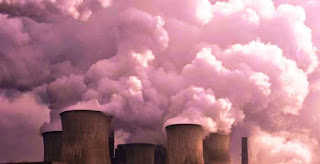SCLERENCHYMA
Now the third or the final simple tissues of the flowering plants which is sclerenchyma tissues.
These tissues basically protect or provide the machenical support to the higher plants.
Fig.Sclerenchyma
Important points to remember are:-
1)They consists of long,narrow cells with thick and lignified cell walls having a few or numerous pits.
2)The sclerenchyma cells are usually dead and without the protoplasts.It means the protoplasts of these cells die and as we learn above they protect or provide support that's the reason they didn't need protoplasts.
3)Structure of these cells are thick-walled,elongated and pointed cells,generally occuring in groups in various parts of the plants.
4)As we seen in the figure there is sclereid which are spherical, oval or cylindrical highly tkickened dead cells with narrow cavities.These are commonly found in the fruit walls of nuts.
end of the simple cells topic in plants....
Now the third or the final simple tissues of the flowering plants which is sclerenchyma tissues.
These tissues basically protect or provide the machenical support to the higher plants.
Fig.Sclerenchyma
Important points to remember are:-
1)They consists of long,narrow cells with thick and lignified cell walls having a few or numerous pits.
2)The sclerenchyma cells are usually dead and without the protoplasts.It means the protoplasts of these cells die and as we learn above they protect or provide support that's the reason they didn't need protoplasts.
3)Structure of these cells are thick-walled,elongated and pointed cells,generally occuring in groups in various parts of the plants.
4)As we seen in the figure there is sclereid which are spherical, oval or cylindrical highly tkickened dead cells with narrow cavities.These are commonly found in the fruit walls of nuts.
end of the simple cells topic in plants....











